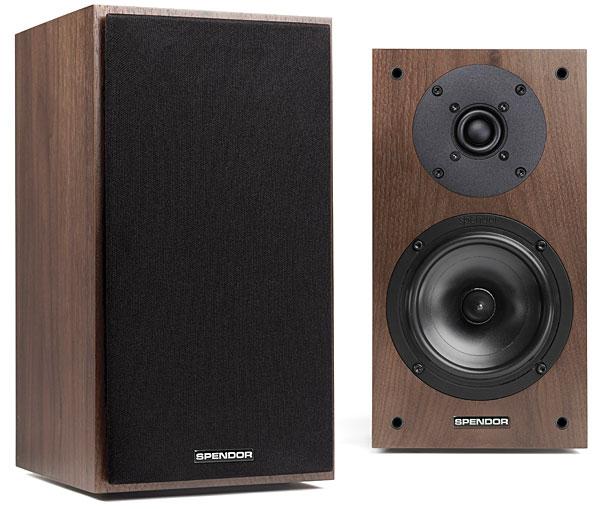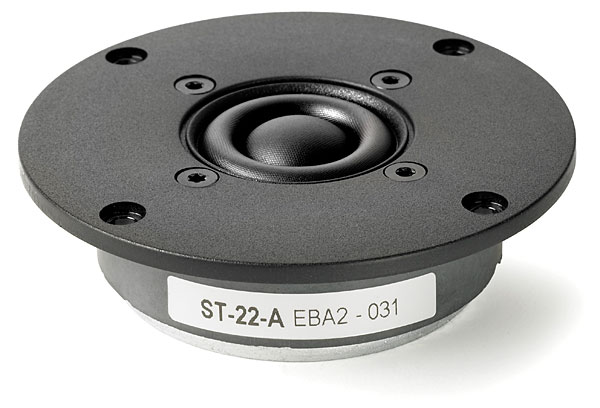| Columns Retired Columns & Blogs |
I currently own a pair of these fine speakers and have to say that couldnt believe how good they were when i demoed them last year. They blew me away.
Ive got a pretty broad colection of music but these seem to bring a smile to my face whether it's AC/DC, Bjork or Marvin Gaye.
Should i ever buy a new set of speakers, i cant see them being an 'upgrade' in the mid range. Soundstaging is wonderful.










































